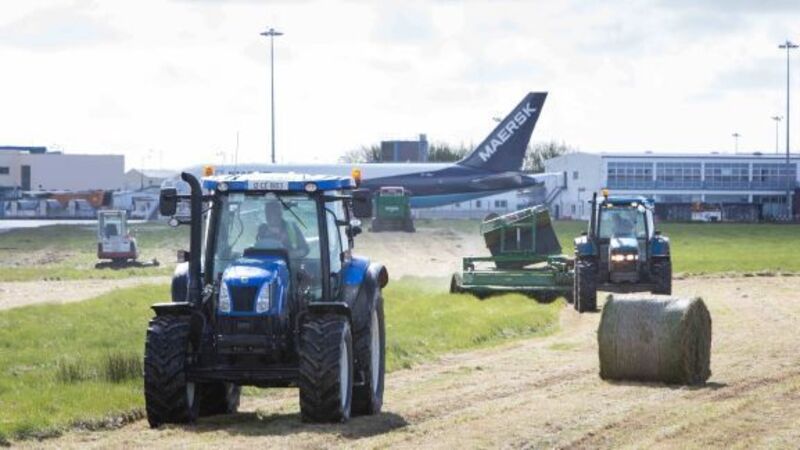Do the sums before committing to silage deal

Many farms are out of silage, after another long feeding period. It had been a difficult spring, up to the recent weather improvements.
Now the silage season is just around the corner, and I have already seen mowers in action around the country. There is an opportunity, given the recent strong growth, for many to take an earlier than usual first cut.
The common aim among farmers I have been speaking to lately is to bank up significant feed reserves in this year’s silage harvest, if possible. This will require careful planning, and for many, it will require a change of regular practices.
There have been many reports of big money being paid for silage ground.
It is essential that you do the sums before committing to a deal for a cut of silage. Work out the potential cost per tonne of dry matter of silage, and compare that with purchasing alternative feed sources.
Bear in mind that most grassland available for a cut of silage is old pasture, which has a lower population of perennial ryegrasses and, as a result, may be less productive, and potentially may produce lower quality silages.
Figure out what silage you will need.
Firstly, you should calculate your stock of feed being carried over from last year. As a rough guide, multiply length by width by height in feet, divide by 50, and this will give you total tonnes in the pit.
This is only a rough guide; the dry matter of the silage will determine actual volumes.
Most will plan for a five-month or 150-day indoor feeding season in the south of the country, and more as you go further north and west.
Given the last three springs, it would be a good idea if feed plans are constructed for an extra month, at least.
This will require 20% more silage to be ensiled.
Obviously, for many, that will not be possible, within their traditional silage regime.
Thinking of alternative methods of forage production will be the only way of bulking up stocks quickly.
These methods will perhaps include:
* Sowing Italian rye grass and getting three cuts out of the fields for two years, before returning it to perennial rye grasses.
Italians and hybrid grasses require careful management, but have huge yield potential.
* After excellent crops in 2013, there seems to be renewed interest in forage maize.
Most of what I have seen in my travels seems to be going in under plastic.
Many who stopped growing maize in the last year or so are going to grow it again.
* Some are also considering under-sowing a spring barley crop to produce a wholecrop, with a few grazings in the back-end of the year also.
* A great option for many will be to source by-products such as distillers or brewers grains.
They can be ensiled with silage or alone, and both are excellent energy and protein sources.
* Some are also considering forward buying fodder or sugar beet from local growers.
* Straw and meal for young stock may be a better option next winter, as an alternative to buying silage.
With all of the above options, it is critical to evaluate them on a cost per tonne of dry matter basis, taking feed quality into consideration.
Use the following parameters when evaluating feeds — €/tonne of dry matter; ease of storage; ease of feeding; energy content (starch and sugars); and protein percentage.
So how much silage do you require?
Firstly, you should construct a table like the example on this page.
Fill in the relevant details, and do a simple calculation of your requirements.









